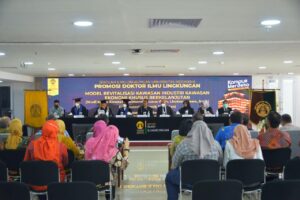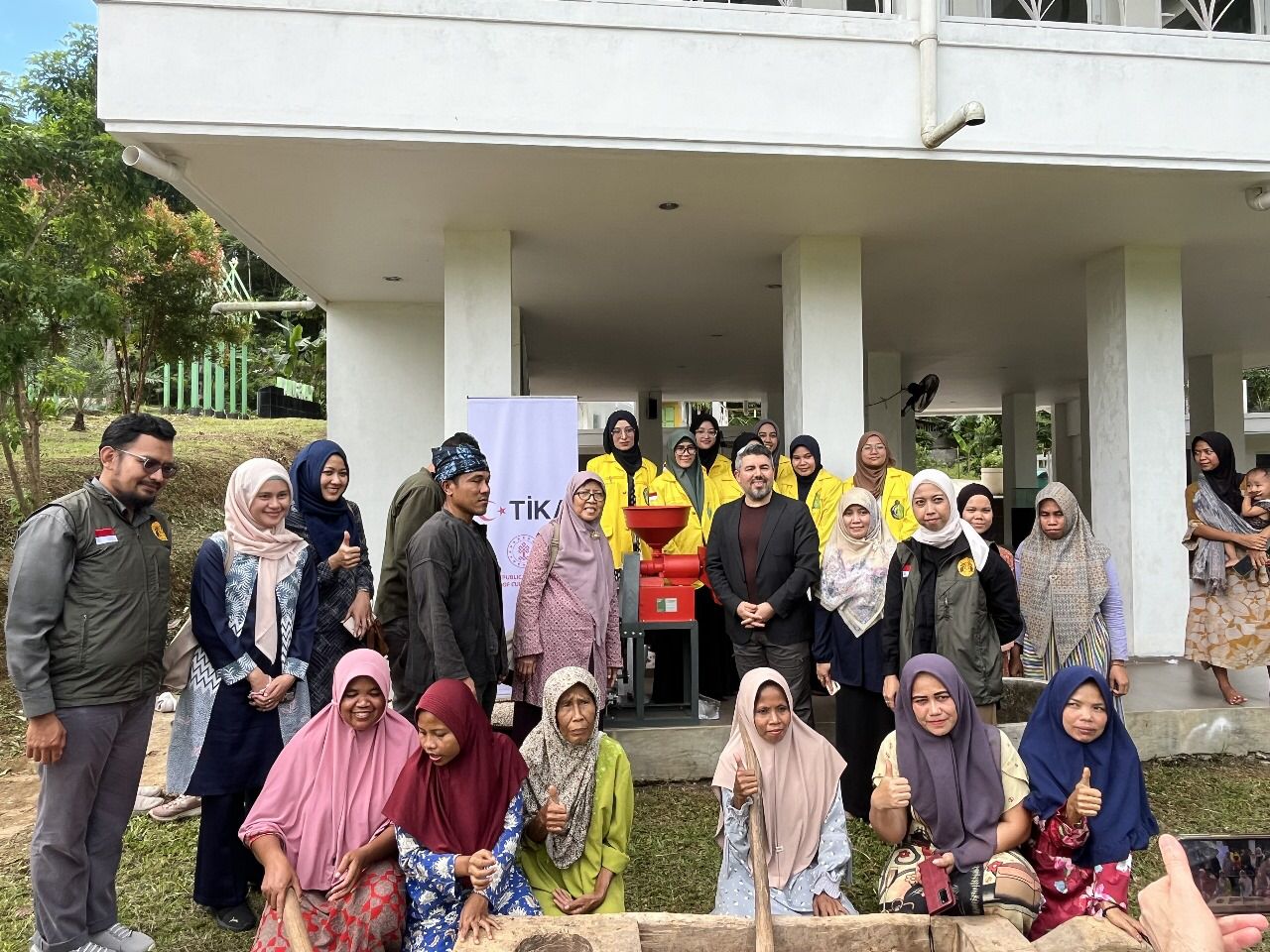
The decline in industrial areas due to reduced sources of raw materials has had an impact on the economy of the region and the surrounding areas. The Special Economic Zone (SEZ) of Arun Lhokseumawe (AL) is one of the revitalization efforts for industrial areas in North Aceh District and Lhokseumawe City, Aceh Province, which have experienced a decline in performance due to depleted natural gas sources. After three years of operation, the impact of SEZ-AL’s presence on the sustainability of the area is not yet known.
Arun industrial area is known as the petrodollar area in 1980–2000 due to natural gas production. This area is on the strategic route for international shipping in the Malacca Strait. Limited raw materials followed by the tsunami disaster and internal conflicts caused most of the industries in the Arun area to stop operating. After Arun’s liquefied natural gas producer closed, most of the Arun industrial area became state assets.
Manik Priandani, a Doctoral Program student at the School of Environmental Sciences, Universitas Indonesia (SIL UI), was interested in bringing up the topic. She considered that concrete steps were needed by accelerating the process of revitalizing an industrial area that was experiencing setbacks as well as managing and developing SEZs for the industrial sector in a sustainable manner. “Internal sustainability (industry) and external sustainability (villages in the surrounding area) are influenced by the sustainable industrial system implemented and the regional management strategy,” said Manik.
In her doctoral research entitled “Model Revitalisasi Kawasan Industri Kawasan Ekonomi Khusus Berkelanjutan“, Manik analyzed the change that occurred in environmental, social, and economic dimensions and indicators in the external and internal industrial area of Arun, before and after the SEZ. This change is measured by the value of sustainability using Statistical Matching and normalization methods. From these measurements, it was found that there was an increase in the internal sustainability index, whereas the external sustainability index was the opposite.
Manik also analyzed the interests and influence of stakeholders on the sustainability of SEZ-AL. With the stakeholder analysis method, it appears that some important stakeholders still act as spectators. Meanwhile, regarding the revitalization model for the industrial area of sustainable SEZ, Manik formulated it using the Analytic Network Process (ANP) method. As a result, the industrial area revitalization model can be implemented with a combination of sustainable industrial systems and sustainable area management strategies.

To realize the revitalization of the sustainable SEZ industrial area, synergy is needed from stakeholders, such as the National Council for SEZ-AL, the Zone Council for SEZ-AL, the Development and Management Business Entity (BUPP) of SEZ-AL, and business actors. This synergy is conducted through outreach, coordination, assessment, and evaluation of the roles of stakeholders. Related parties must also coordinate with administrators to discuss business opportunities and possible investors. Apart from that, it is also necessary to develop businesses outside of oil and gas (diversify raw materials and products) and develop eco-friendly technologies for industry.
Manik’s studies related to the revitalization of industrial areas succeeded to get her earning the 63rd doctorate title at SIL UI and the 180th doctorate title in Environmental Science. The Doctoral Promotion Session which was held at the IASTH UI Building, Salemba Campus, on Thursday (12/01), chaired by Dr. dr. Tri Edhi Budhi Soesilo, M.Sc. with Promoter Prof. Dr. Ir. Djoko M. Hartono, S.E., M.Eng. On that occasion, Dr. Tri Edhi also acted as Co-Promoter with Drs. Raldi H. Koestoer, M.Sc., Ph.D., APU. The Examiner Team in the session consisted of Prof. Ir. Isti Surjandari, M.T., M.A., Ph.D .; Dr. Zamroni Salim, S.E., M. Appl. Econ.; Dr. Dony Abdul Chalid, S.E., M.M.; Dr. Hayati Sari Hasibuan, S.T., M.T.; Dr. Evi Frimawaty, S.Pt., M.Sc.; and Dr. Herdis Herdiansyah, S.Fil.I., M.Hum.
Author: Public Relations of SIL UI | Editor: Sasa



